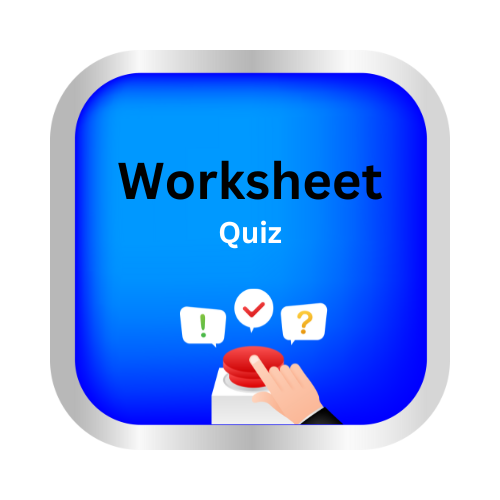Identify participles and what they modify
Design by Delta publications
Key notes:
| What is a Participle? |
- A participle is a form of a verb used as an adjective to describe a noun or pronoun. 📝
- It tells us what kind or which one.
👉 Example: The smiling girl waved at me.
(“Smiling” = participle, describes the noun “girl”)
| Types of Participles |
- Present Participle (-ing form)
- Ends in -ing
- Shows an action that is happening or ongoing.
- Example: The barking dog woke us up. 🐶
- Past Participle (-ed, -en, irregular forms)
- Often ends in -ed, -en, -t, -n, -d
- Shows a completed action.
- Example: The broken window needs repair. 🪟
| What Do Participles Modify? |
- Participles modify nouns or pronouns by adding details.
- Ask: Which one? What kind?
👉 Example 1: The excited students cheered loudly. 🎉
(“Excited” modifies “students”)
👉 Example 2: Frightened by the noise, the cat ran away. 🐈
(“Frightened” modifies “cat”)
| Key Tips to Remember |
- ✔️ A participle looks like a verb but acts like an adjective.
- ✔️ Don’t confuse it with the main verb in the sentence.
- ✔️ Participial phrases (participle + modifiers) also describe nouns.
👉 Example: The boy, running down the street, tripped over a rock. 🏃♂️
| Practice Sentences |
- The glowing stars lit up the sky. ✨
(Glowing = participle; modifies “stars”) - The shattered glass lay on the floor. 🪞
(Shattered = participle; modifies “glass”) - The man, holding a map, looked confused. 🗺️
(Holding a map = participial phrase; modifies “man”)
💡 Remember: Participles = Verb forms acting like adjectives!
Let’s practice!🖊️

